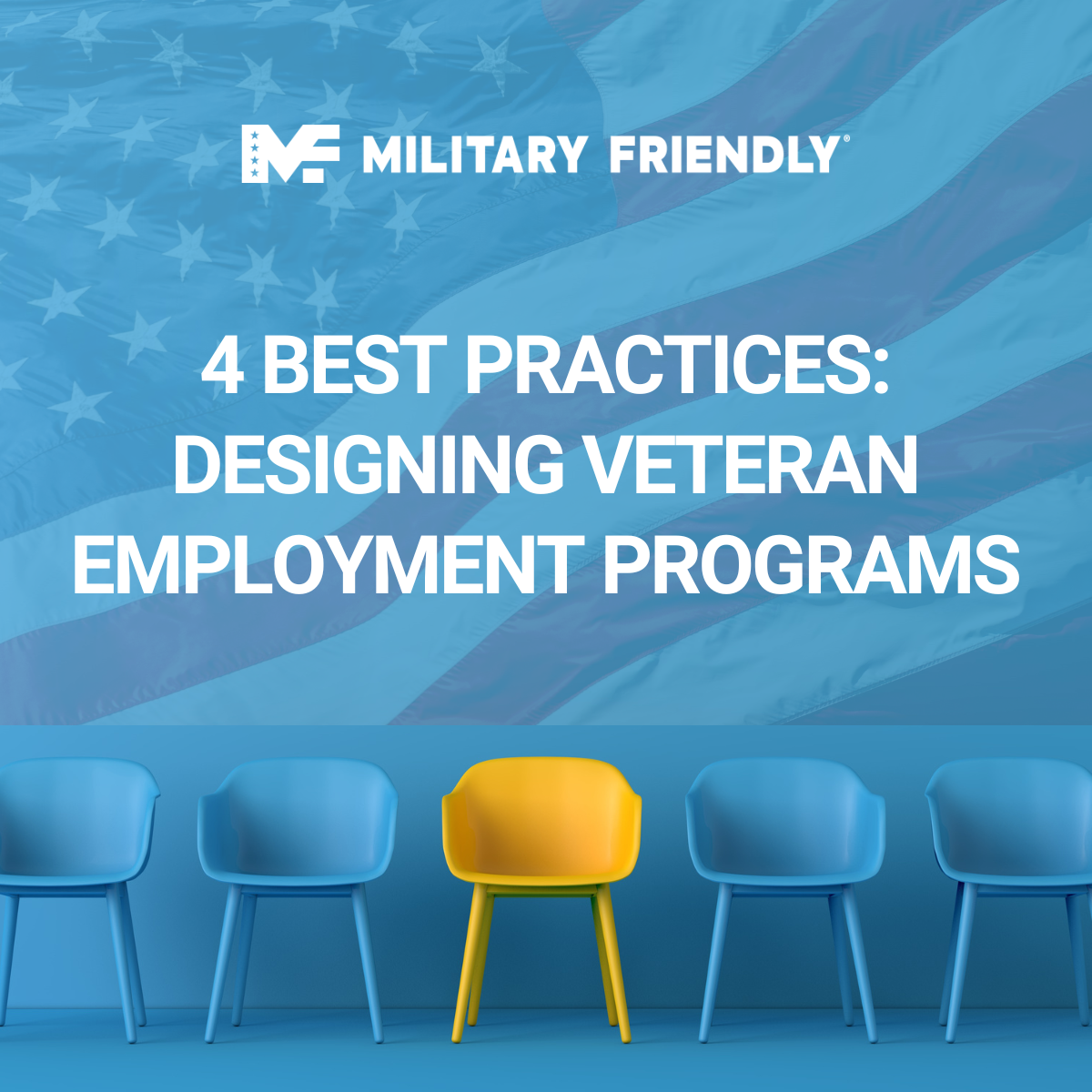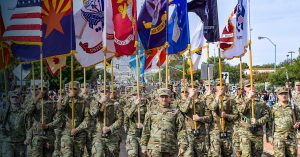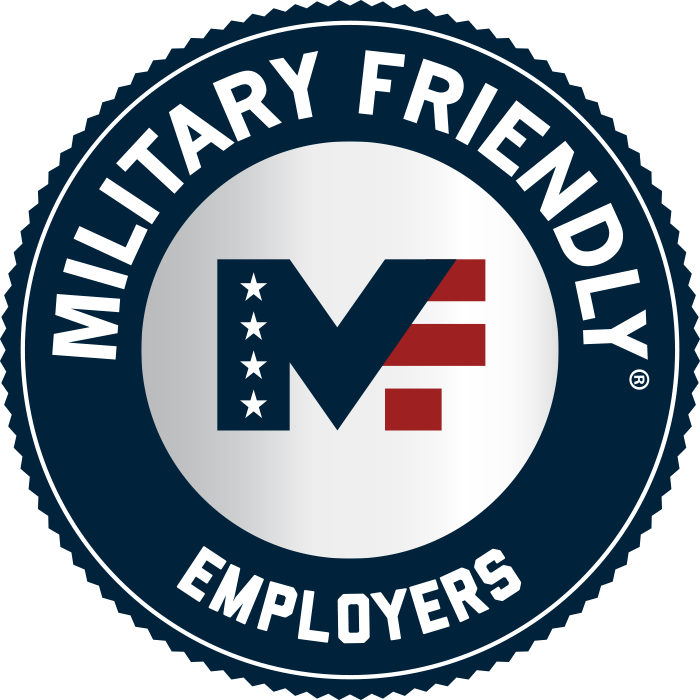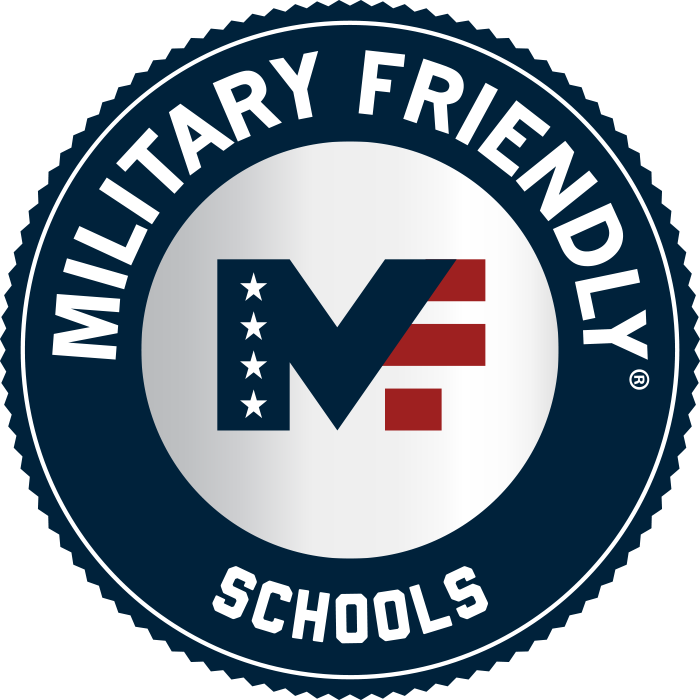Veteran employment programs are often launched with passion and purpose, but passion alone doesn’t translate into successful outcomes. Hiring veterans, military spouses, and transitioning service members requires intentional design, strategic implementation, and ongoing support.
For talent acquisition leaders and hiring managers looking to do it right, the path to success starts with structure. The following best practices can help transform your veteran employment efforts into a results-driven program that benefits both talent and business.
1. Translate Military Experience Into Civilian Value
One of the most significant barriers to hiring veterans is the misalignment between military roles and civilian job descriptions. Veterans possess a wealth of experience in leadership, operations, logistics, and technical fields, yet their Military Occupational Specialties (MOS) often don’t translate cleanly into civilian language. A candidate may have led teams in high-stakes environments, managed multi-million-dollar assets, or overseen global logistics, but because their resume uses military codes or unfamiliar terminology, recruiters may overlook them entirely. This disconnect can prevent companies from recognizing qualified, disciplined candidates who are already equipped with the skills they need.
To overcome this challenge, hiring teams must be equipped with tools and training to accurately interpret and translate MOS designations into relevant job functions. Resources such as the Department of Labor’s O*NET Military Crosswalk help bridge the gap, but internal education is critical. Recruiters and hiring managers should receive basic training in military structure and rank progression to better understand the depth of experience veterans bring. Companies that invest in decoding military experience gain a competitive advantage in a tight labor market, while supporting a diverse, values-driven talent strategy.
2. Build Veteran Employment Programs, Not Just a Hiring Campaign
Successful veteran employment programs go beyond recruitment. They foster a culture of inclusion, respect, and purpose. This includes:
- Training hiring managers on military culture and communication styles
- Establishing mentorship or “buddy” programs for veterans
- Creating onboarding experiences that acknowledge veterans’ transitions
Retention begins with belonging. Ensuring a soft landing for veteran hires can dramatically improve engagement and long-term success.
3. Define Metrics That Matter
If it can’t be measured, it can’t be managed. Veteran employment programs must be evaluated with meaningful KPIs, including:
- % of veteran hires
- Retention rates
- Promotion and mobility data
- Candidate satisfaction
Organizations that track and optimize these metrics are better positioned to scale their efforts and demonstrate ROI to leadership. Simply put, you can’t improve what you don’t track.
4. Partner with Ecosystems That Specialize in Implementing Veteran Employment Programs
Rather than go it alone, smart employers align with established partners who bring credibility, community access, and operational support. Military Friendly® provides more than just branding tools; it gives companies:
- A data-backed marketplace of military talent
- Marketing channels that reach verified military audiences
- Brand trust built over decades of advocacy
- Training and Development
- Benchmarking
- Monthly Webinars
Final Thoughts: Structure Is Strength
Veteran employment programs that succeed are built on infrastructure, not improvisation. By investing in translation tools, cultural readiness, data tracking, and trusted partnerships, companies can unlock one of the most powerful talent pipelines available today.
Let Military Friendly® be your guide to building a program that works for veterans and for you. Ready to start developing programs and reaching the military audience? Connect with one of our Military Recruitment Experts >>> Schedule a Chat









